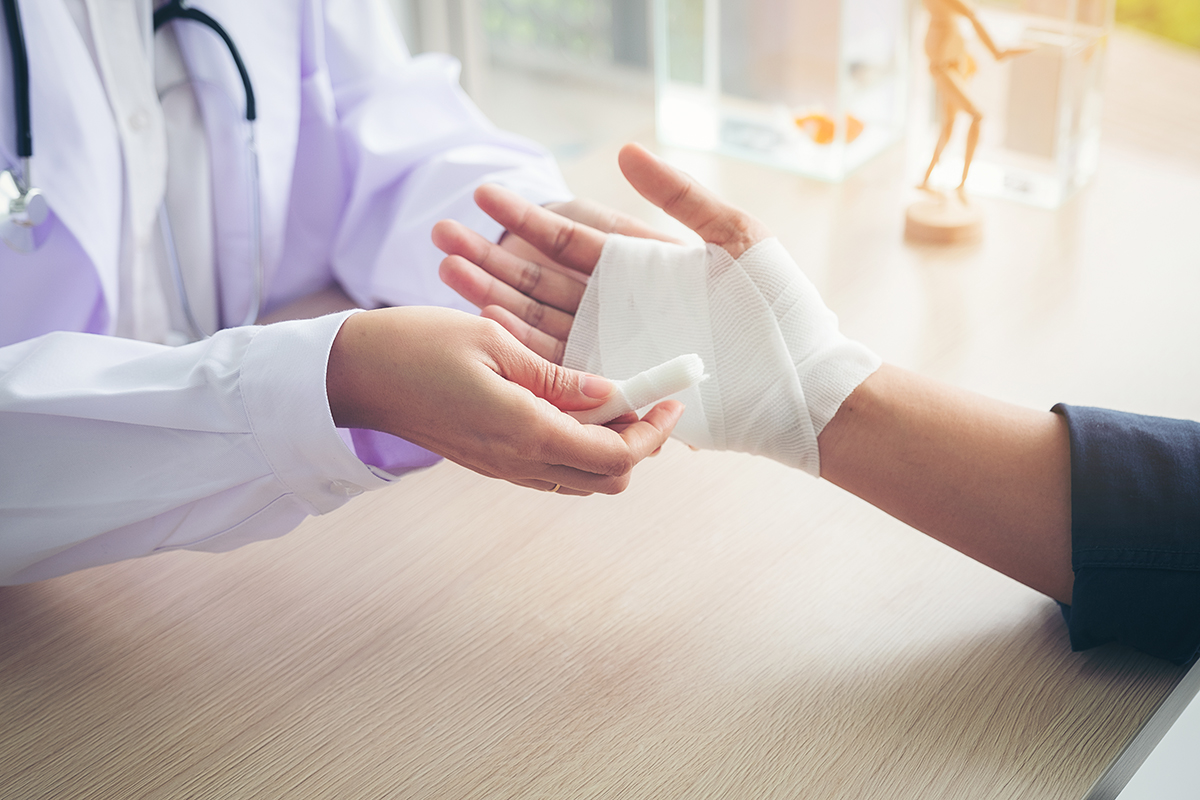Remember the time when you accidentally touched the hot water kettle – while it was still burning hot? What happened wasn’t just the burning sensation you felt, but significant skin damage sufficient to cause afflicted skin cells to die. While burns are one of the most frequently occurring injuries, they are categorised according to the level of severity. Types of Burns First Degree Burn First degree burns, or superficial burns, are the least serious level of burn with minimal skin damage since they affect the outermost skin layer, the epidermis. When you experience this type of burn, you typically face pain, redness, minor swelling and inflammation, as well as the absence of blisters. Such burns typically heal within a week or so and leave no scarring behind. Second Degree Burn Second degree burns are characterised by red, painful skin, blisters and skin thickening. They are more serious because the damage goes beyond the topmost skin layer where the lower layer of skin, or dermis, is. Sometimes, blisters can pop open, and as time passes, thick, scab-like tissue called fibrinous exudate might form over the affected area. Third Degree Burn In third degree burns, the damage penetrates through every layer of skin. Contrary to popular belief, nerve damage may cause a lack of pain and numbness. Some signs of third degree burns include waxy or charred skin, a leathery texture and blisters that don’t progress. Typical Treatment Methods First Degree Burn First degree burns are usually treated with an anesthetic together with aloe vera gel. You may be prescribed pain medication for relief, and an antibiotic ointment to safeguard the affected area. A quick home remedy is to immerse the wound in cold water for 5 minutes or more. Avoid using ice or fibrous cotton balls and cotton wool since they may cause infections. If the burn happens on a large portion of skin on your face or primary joints, you should ring up your house doctor to treat it. Second Degree Burn As the wounds are fragile, it is extremely important to keep them clean and properly bandaged to prevent infections. Majority of second degree burns heal within 2 to 3 weeks with no scarring, but in some cases, it may take over 3 weeks. The worse the blisters are, the longer you can expect the healing to take. The skin may also undergo pigment changes. First, you can try running the affected area over cold water for 15 minutes or more. Your house doctor Singapore may prescribe an antibiotic cream or other ointments. Like first degree burns, avoid using cotton balls or cotton wool. If the area is widespread and affects your face, hands, or feet, for example, get emergency medical treatment immediately. Third Degree Burn More aggressive treatments may be required, like using intravenous (IV) antibiotics to avoid infections or IV drips to replace lost fluids. Sometimes, skin grafting or synthetic skin may be needed. When a third degree burn happens, call 911 immediately. All burns have complication risks, but as the level increases, so do the risks.
